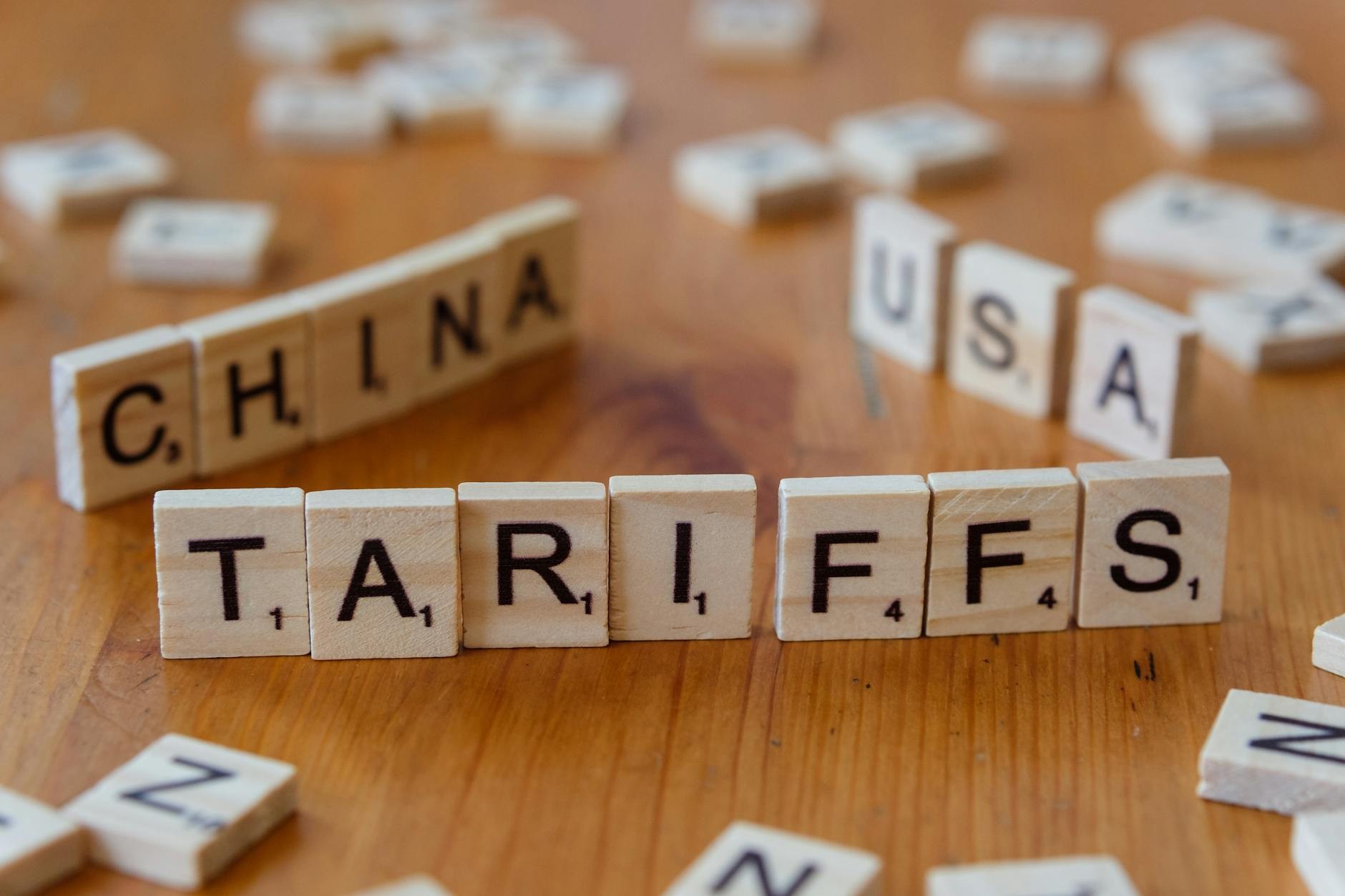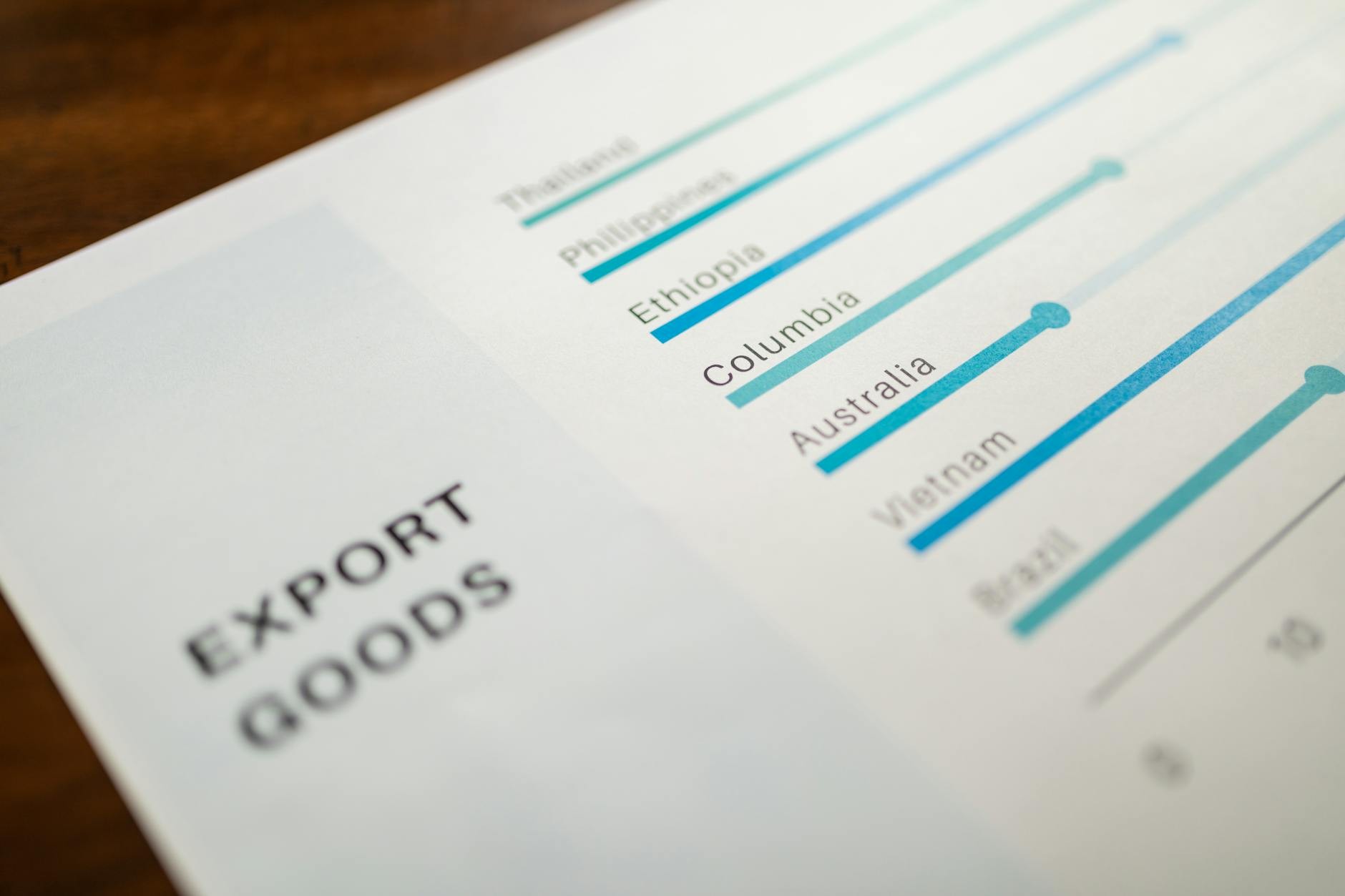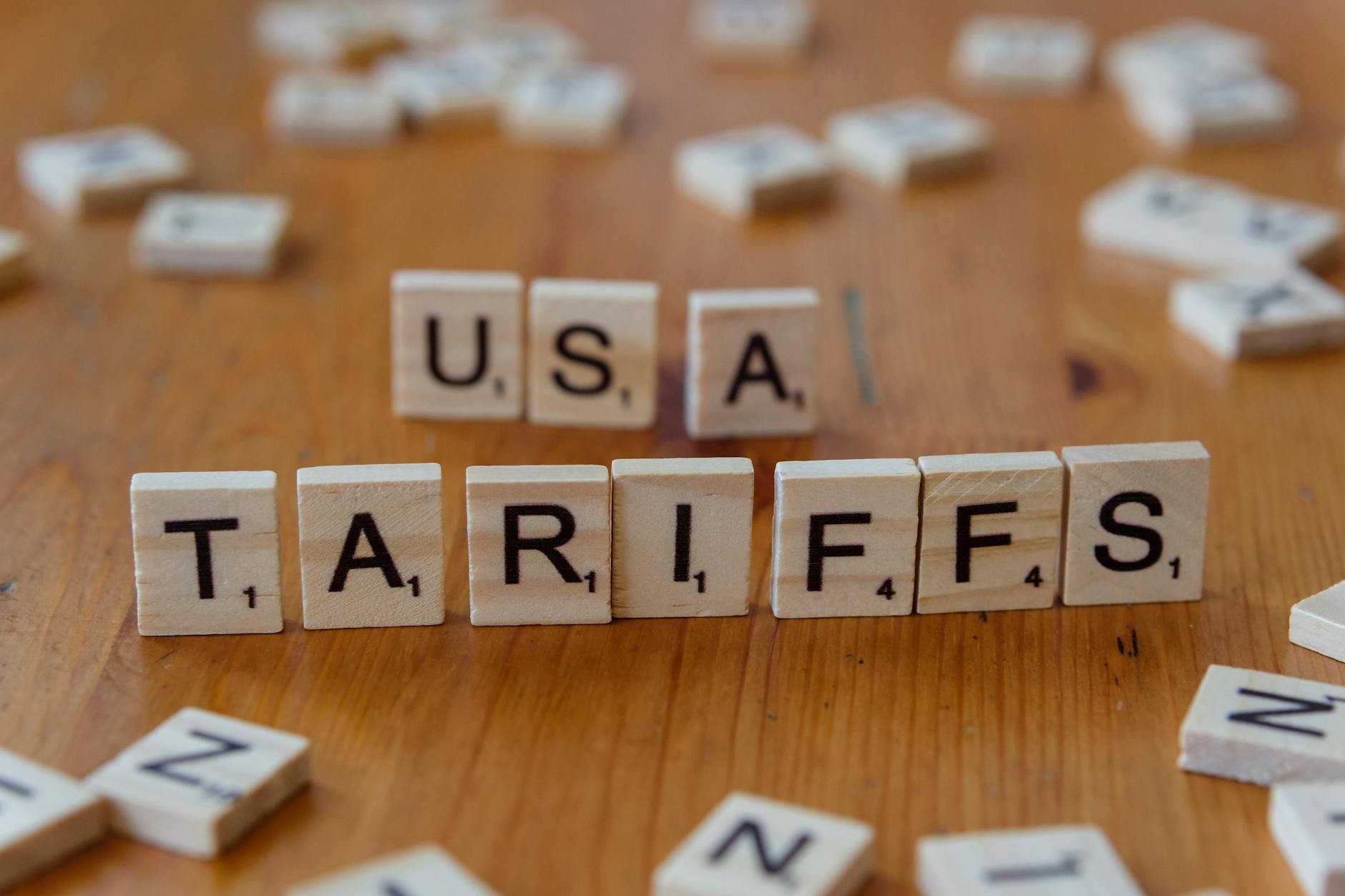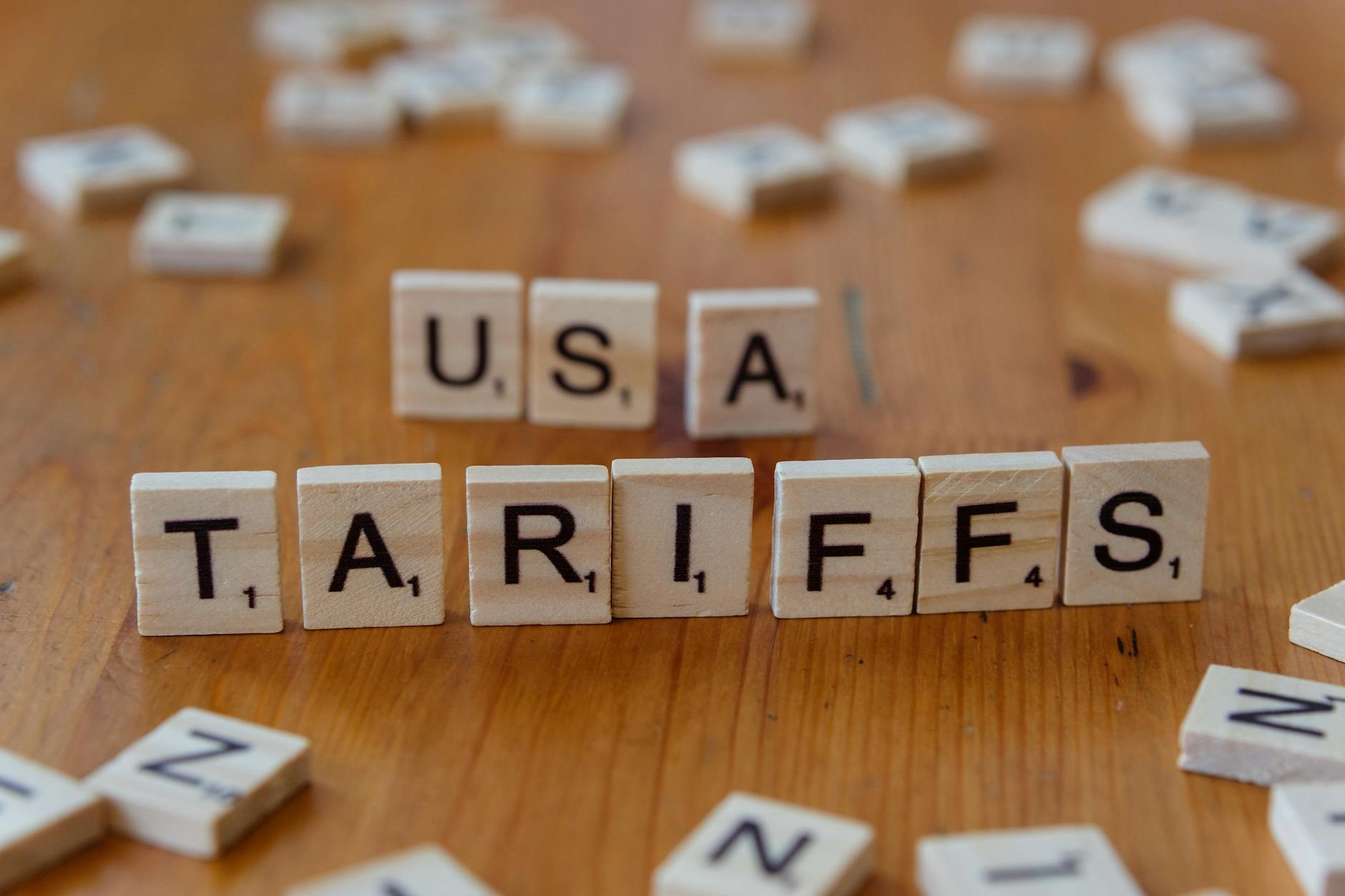In April 2025, the Trump administration announced broad tariff rules that changed U.S. trade practices. With a 10% global tariff on all imports and higher rates for certain nations these measures aim to cut trade deficits and boost local production. But what do these changes mean for everyday consumers, businesses and global economic relationships? They could lead to higher prices at the store and trigger trade disputes with widespread impacts. This article explains the main parts of Trump's tariff policies, their economic reasoning and their potential to change global trade for many years.
Key Components of Trump's New Tariff Policies Announced in 2025
The 2025 tariff policies introduced 2 main systems: global tariffs and reciprocal tariffs. Starting April 5, a flat 10% duty applies to all imports unless a higher country-specific rate is set. By April 9, 57 countries faced reciprocal tariffs ranging from 11% to 50% based on bilateral trade deficits. China faces the highest overall tariffs (up to 54%), followed by Vietnam (46%) and the EU (20%). Exemptions are available for USMCA-compliant goods and sectors such as pharmaceuticals or key minerals. A separate 25% auto tariff also targets foreign vehicle imports.
| Country/Region | Reciprocal Tariff Rate | Key Affected Exports |
|---|---|---|
| China | 34%-54% | Electronics, textiles |
| Vietnam | 46% | Apparel, footwear |
| European Union | 20% | Automobiles, machinery |
| Japan | 24% | Auto parts, steel |
Global and Reciprocal Tariffs
Differences Between Global and Reciprocal Tariffs
Global tariffs act as a general 10% charge on imports while reciprocal tariffs charge higher rates on countries that run big trade surpluses with the U.S. For instance, China's 34% charge reflects its $382 billion trade surplus with the U.S. in 2024. Reciprocal tariffs are meant to push trading partners into lowering their own trade barriers or else lose some access to U.S. markets.
Countries Most Affected by These Tariffs
China and Vietnam face the heaviest challenges because of their export-led economies. The EU and Japan see notable disruptions in car and machine exports. Emerging economies like Cambodia risk economic instability, with textile tariffs approaching 49%. In contrast USMCA members Canada and Mexico are mostly exempt which helps preserve North American supply chains. These measures also affect market confidence and have a lasting impact on local businesses and regional growth.
Economic Rationale Behind Implementing These Tariffs
The Trump admin defends tariffs as ways to fix trade imbalances and protect national security. "Trade deficits are a direct threat to our economic independence," said a 2025 White House briefing. By punishing countries with unfair practices like China's currency manipulation or the EU's agricultural subsidies the policies aim to bring manufacturing jobs back and cut reliance on foreign foes. Tariffs also bring in federal revenue expected to exceed $300 billion every year while encouraging local production in areas like steel and clean energy.
Impact on U.S. Consumers, Businesses, and Supply Chains
Effect on U.S. Consumers
Households might see yearly costs go up by $5200 because of price hikes in electronics, clothing and vehicles. Families with lower income spend 30% extra on goods affected by tariffs, which adds to their money worries. For example, iPhone prices rose by 12% after China's tariffs started. This puts extra pressure on daily budgets and forces families to rethink spending regularly.
Influence on U.S. Businesses
Manufacturers who depend on imported materials see their profit margins squeezed. Solar panel makers that need Chinese parts saw output drop by 15%. Some companies cover extra costs while others transfer them to buyers. The ongoing uncertainty makes them delay spending on growth and new ideas. Businesses often struggle with these added pressures in a competitive market. This situation keeps them cautious and under pressure.
Changes in Supply Chains
Companies are hurriedly moving production. Clothing brands moved orders from Vietnam to Mexico while car makers like Toyota sped up building new plants in the U.S. Rebuilding supply lines takes years and can lead to more problems. Many firms have to find new partners and change systems, which can be expensive and take time for adjustments. The shift may result in delays and loss of efficiency.
Potential Retaliatory Measures from Other Countries
Countermeasures have been quick and planned. China hit U.S. soybeans with 34% tariffs and banned rare earth exports, while the EU went after bourbon and peanut butter. Canada's tariffs on Wisconsin dairy products and Florida oranges are meant to influence political views. Mexico postponed auto part tariffs but warned there could be charges on produce. These actions not only raise expenses for U.S. exporters but also worsen political tensions.
Comparison with Historical U.S. Trade Strategies
Historical U.S. Trade Strategies
After WWII, US trade policies focused on agreements with several countries such as NAFTA and WTO partnerships to help lower trade barriers and make it easier for nations to exchange goods and services. The goal was to encourage teamwork and mutual benefits among countries over time. In contrast, Trump's "America First" plan follows a 1930s protectionist path much like the Smoot-Hawley Tariff Act that made the Great Depression worse.
Comparison with Previous Administrations
Compared to Obama's Trans-Pacific Partnership or Biden's semiconductor collaborations, Trump's tariffs focus on a one-sided approach rather than working together with other countries. His tariffs affect 3x more imports than any modern policy which shows a clear break from decades of free-trade practices.
Exemptions in the New Tariffs
Sectors or Products Exempted
Pharmaceuticals, important minerals and USMCA goods avoid tariffs to stop healthcare shortages and respect trade agreements. Steel and aluminum are exempt to stop double taxation under current Section 232 rules. These exemptions help keep essential items affordable and easy to get for both patients and industries while supporting fair trade practices in both domestic and international trade. This approach supports overall economic well being and ensures that critical supplies remain constant in both local and global markets.
Reasons for Exclusion
Exemptions strike a balance between protecting the economy and meeting real needs. For instance, 80% of antibiotics are imported which means that pharmaceutical tariffs could risk public health. USMCA exemptions also help keep manufacturing ties strong across North America by supporting local jobs and industries. This approach eases economic pressure and helps provide steady access to essential goods. It keeps industries running smoothly while ensuring that protection measures don't harm everyday consumers.
Long-term Effects on Global Trade Dynamics and Economic Growth
Long-lasting tariffs could break up global trade into groups with countries like China and the EU forming other partnerships. Price increases might continue as companies struggle to find affordable materials while U.S. exporters lose out on competitiveness. The World Bank warns global GDP growth might drop by 0.5% each year if tariffs stay. Over time industries might favor resilience over efficiency which could lead to higher costs and slower innovation.
Conclusion
Trump's 2025 tariff policies show a daring move toward economic patriotism, trying to boost U.S. manufacturing and cut trade deficits. Yet these policies bring higher consumer prices, supply chain troubles and counter moves that are big risks. Some industries profit from protectionism, but the overall economic impact highlights the fine balance between national interests and global cooperation. As trade tensions simmer, businesses and lawmakers must work through an increasingly divided economic scene.





Comments
Post a Comment
What is your insight about this news?